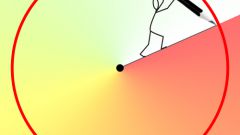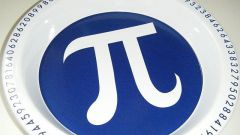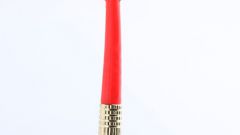You will need
- calculator.
Instruction
1
To find the diameter of a circle, knowing its length, divide the circumference by the number PI (π) equal to approximately three point fourteen hundredths (3,14). The value of diameter does this result in the same units of measurement as the circumference. This formula can be written in the following form:D=C/π where:circumference,π is the number PI, approximately equal to 3.14.
2
Primeralinea the equator of the Earth is approximately equal to 40,000 km. What is equal to the diameter of the Earth?Solution: 40000/3,14=12739 (km).Answer: the diameter of the earth is approximately 12740 kilometres.
3
For a more accurate calculation of the diameter of a circle, use a more accurate representation of "PI", for example: 3,1415926535897932384626433832795. Of course it is not necessary to use all the signs of the numbers, for most engineering calculations is enough 3,1416.
4
When calculating the diameter of a circle based on its length, please note that many (especially scientific) calculators have a special key for entering the number "PI". This is indicated by a button that says on (over, under) her "π" or something similar. For example, in virtual the calculator in Windows, the appropriate button is designated as pi. The use of a special key allows to significantly speed up the entry of "PI" and to avoid errors when entering. In addition, the PI stored in the memory of the calculator, the provided with the maximum possible for each device accuracy.
5
Sometimes the measurement of the circumference is almost the only acceptable way to know its diameter. This is especially true of tubes and cylindrical structures, "with no beginning and no end."
6
To measure the circumference (cross-section) cylindrical object, draw a string or rope of sufficient length and wrap it around the cylinder (in one turn).
7
If you need a very high accuracy of measurements or the subject has a very small diameter, then wrap the cylinder several times, and then divide the length of the strands (ropes) on the number of revolutions. In proportion to the number of turns will increase the accuracy of the measurement of the circumference, and, respectively, and calculating its diameter.



